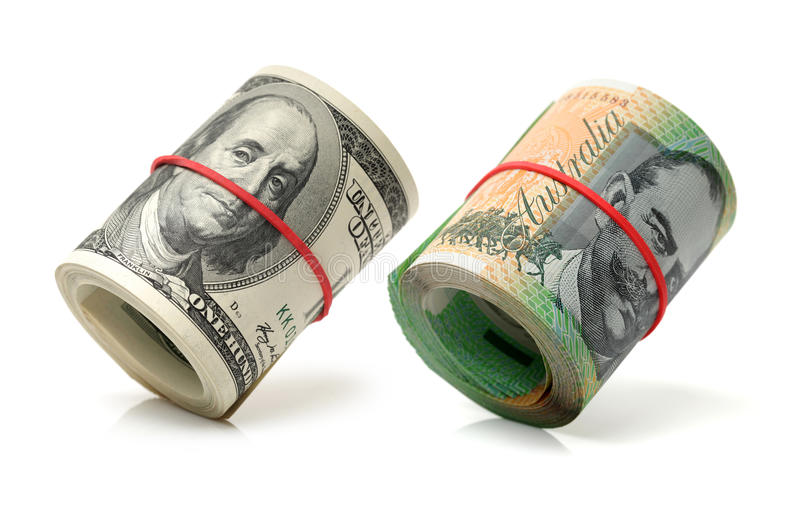The Australian Dollar (AUD) extended its upside on Thursday after the Australian Bureau of Statistics (ABS) reported a surprisingly strong trade surplus for June. The trade balance rose to AUD 5.365 billion, far exceeding expectations of AUD 3.25 billion and the revised May figure of AUD 1.604 billion.
Exports surged by 6.0%, fueled by robust demand from China and other Asian economies. At the same time, a 3.1% fall in imports reflected softer domestic consumption as tighter monetary policy continues to bite. Together, the data painted a more favorable picture of Australia’s external position and supported the AUDUSD pair in early trading.
Tariff Tensions Resurface Amid Trump Warning
Geopolitical risks flared again as former US President Donald Trump warned of new tariffs on China over its continued oil trade with Russia. He noted that further duties could mirror the 25% tariffs recently imposed on Indian goods. While Australia has avoided direct tariff threats, global market sentiment remains sensitive to any escalation in US-China tensions.
This latest rhetoric comes as both nations failed to reach an agreement during talks in Stockholm. The 90-day tariff pause expires August 12, raising concerns that cross-border trade restrictions may intensify potentially weighing on broader risk appetite and commodity-linked currencies like the Aussie.
RBA in Focus: Market Eyes 25 bps Rate Cut
While trade data offered a short-term lift, the Reserve Bank of Australia (RBA) is expected to deliver a 25 basis point rate cut at its upcoming meeting. A drop in core inflation to 2.7%, along with rising unemployment and slowing wage growth, has reinforced expectations of monetary easing.
Meanwhile, the US Dollar Index (DXY) remains subdued around 98.30, pressured by soft economic signals. The ISM Services PMI fell to 50.1 in July, indicating stagnation. This has increased expectations that the Federal Reserve may cut rates in September, adding further tailwinds for AUD/USD in the short term.
Technical Outlook: AUDUSD Targets 0.6750
Technically, AUDUSD is trading above 0.6680 support, with immediate upside targets around 0.6725 and 0.6750. A daily close above these levels could extend bullish momentum. However, RSI remains moderate, signaling caution. Key downside levels to watch include 0.6650 and 0.6600, where buyers may re-enter on dips.
Conclusion: Supportive Data, But Risks Remain
The Australian Dollar found support from upbeat trade data and improved Chinese services activity, helping lift Australian Dollar in early Thursday trading. However, RBA rate cut expectations and resurfacing US-China tariff tensions remain key limiting factors. While short-term technicals favor more upside, the broader direction will likely depend on next week’s RBA decision and how trade relations evolve in August.
Disclaimer: This blog is for informational purposes only and does not constitute financial advice. Always conduct your own research and consult a professional advisor before making investment decisions.
[sc_fs_multi_faq headline-0=”h2″ question-0=”Why did the Australian Dollar rise today?” answer-0=”The Australian Dollar rose due to a stronger-than-expected June trade surplus. Exports jumped by 6.0% while imports declined by 3.1%, pushing the trade balance to AUD 5.365 billion—well above market forecasts.” image-0=”” headline-1=”h2″ question-1=”What is driving current AUD/USD movement?” answer-1=”AUD/USD is being driven by a combination of: Positive trade data from Australia Dovish expectations from the RBA Weak US data (e.g., ISM Services PMI) Growing US-China tariff tensions” image-1=”” headline-2=”h2″ question-2=”Is the Reserve Bank of Australia expected to cut rates?” answer-2=”Yes. The RBA is widely expected to cut the cash rate by 25 basis points to 3.60% next week, due to soft inflation, higher unemployment, and slowing wage growth.” image-2=”” count=”3″ html=”true” css_class=””]









